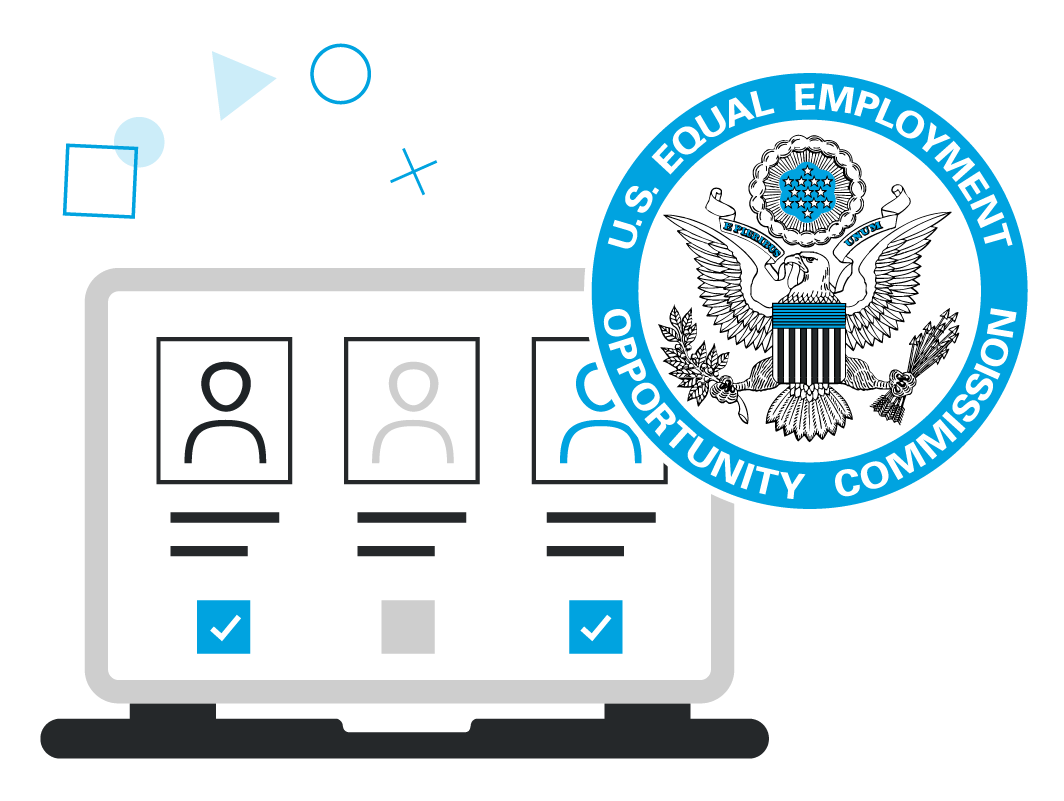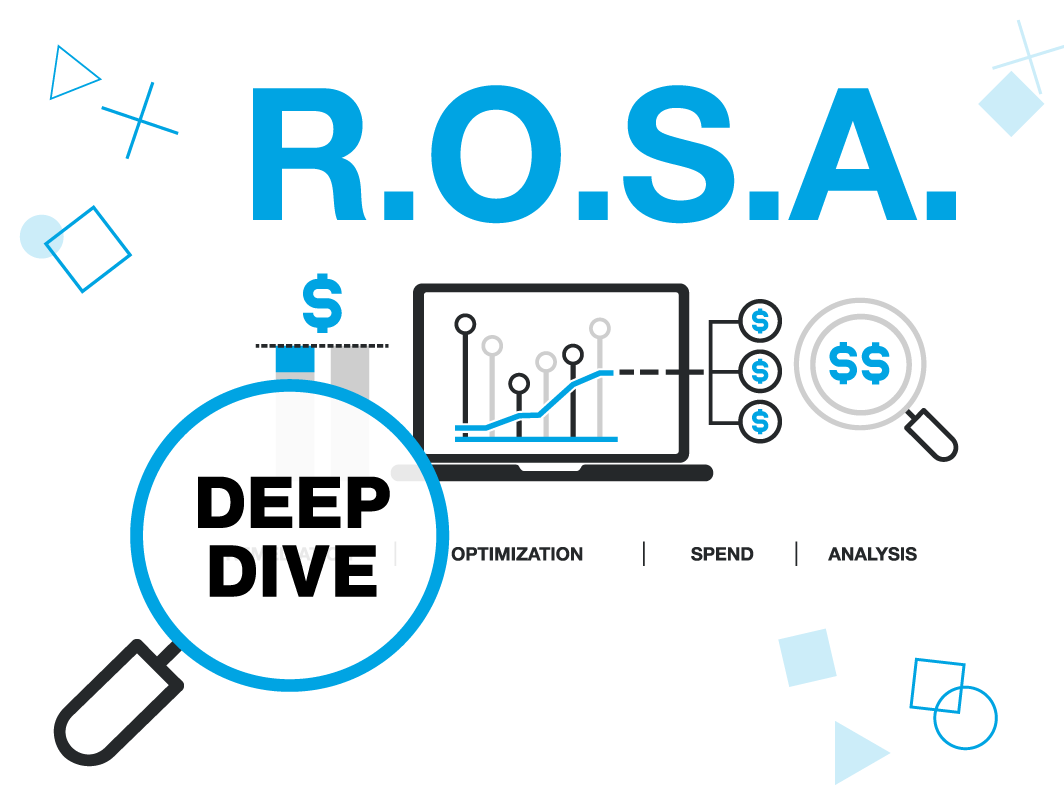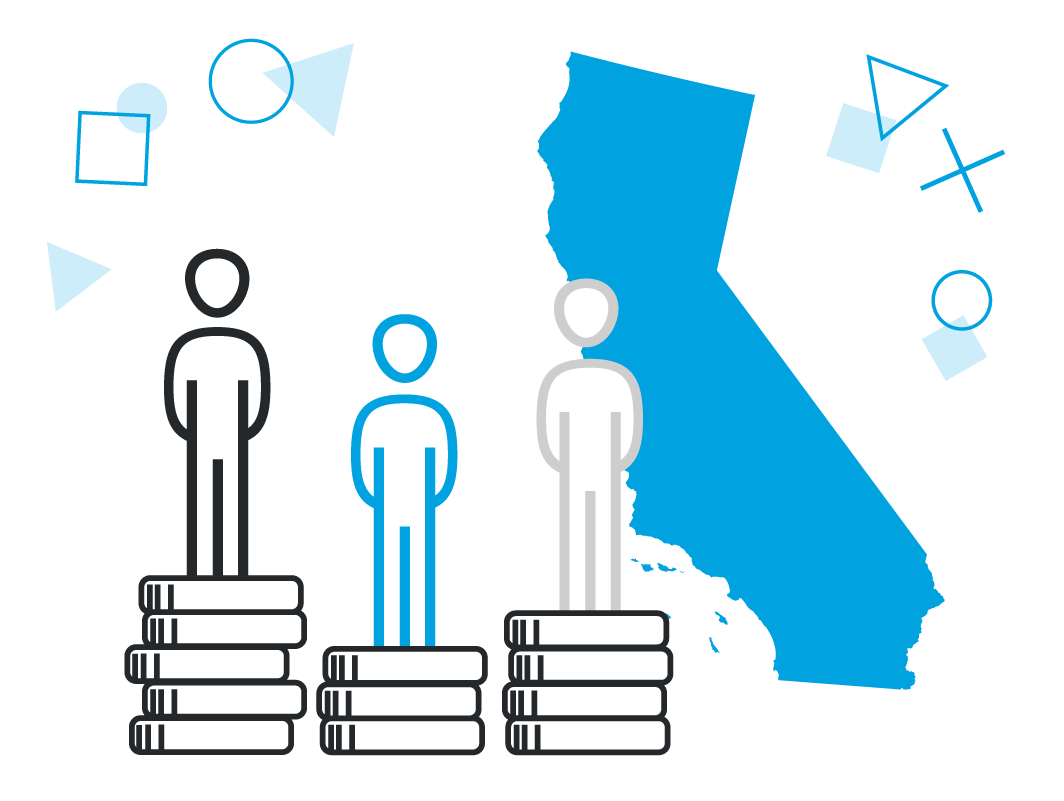
![]()
While Ontario, Canada’s Pay Equity Act (PEA) has been in effect since 1988, employers are not entirely sure of their responsibilities. Due to legislative changes however, that is likely to change.
But first, Ontario’s PEA applies to all employers in the public sector and employers in the private sector who employ at least 10 employees. The Act requires employers to comply with the following steps:
- Determine job classes, including gender and job rate of job classes;
- Determine the value of job classes based on skill, effort, responsibility and working conditions using a gender-neutral comparison tool;
- Conduct job comparison for all female job classes using job-to-job and/or a proportional value method of comparison;
- Identify and adjust the compensation of underpaid female job classes so that they are paid at least as much as an equal or comparable male job class or classes; and
- Provide payroll summary and proof of statement as required by the Pay Equity Office.
If employers fail to achieve pay equity, they may be subject to retroactive payments to current and former employees identified as having been discriminated against. In addition, employers who retaliate against employees who act on their right to equal pay may be fined upwards of $50,000.
To help bolster the requirements of Ontario’s PEA, the province introduced the Pay Transparency Act of 2018. The Pay Transparency Act would require employers with 100 or more employees to submit “Pay Transparency Reports” by March 15 each year. Such reports must contain details of the employer’s workforce compensation as well as pay differences with respect to gender, and other protected characteristics. Such reports would also be publicly accessible. The Pay Transparency Act has not yet been “proclaimed” or, in other words, given legislative effect. It remains unclear when this will happen.
It’s evident that the reporting of wages and salary data in the workforce is becoming a more common requirement for employers. Late last year and into 2020, the U.S. Department of Labor’s Equal Employment Opportunity Commission (EEOC) required employers to submit their pay data, known as Component 2, in addition to their annual EEO-1 filings. The deadline was extended from September 31 to January 31, 2020.
More countries around the world are passing legislation prompting employers to take action towards achieving equal pay. Employers in the United States should be working towards pay equity if they aren’t already. A pay equity audit is a great place to start in assessing where your organization stands. Based on our report with the Harvard Business Review’s Analytic Services, 90% of U.S. employers are planning, considering, or already performing internal pay equity audits.
A pay equity audit can identify pay differences between employees that cannot be explained due to job-related factors. This type of audit not only identifies problems, but also provides actionable solutions. It gives employers an opportunity to ensure fairness in pay and prevent employee issues. It allows the employer to minimize risk by identifying and remediating deficiencies, providing the employer with greater standing to defend against and win claims of discrimination, and ultimately supporting a more diverse, equitable, and inclusive workplace.



